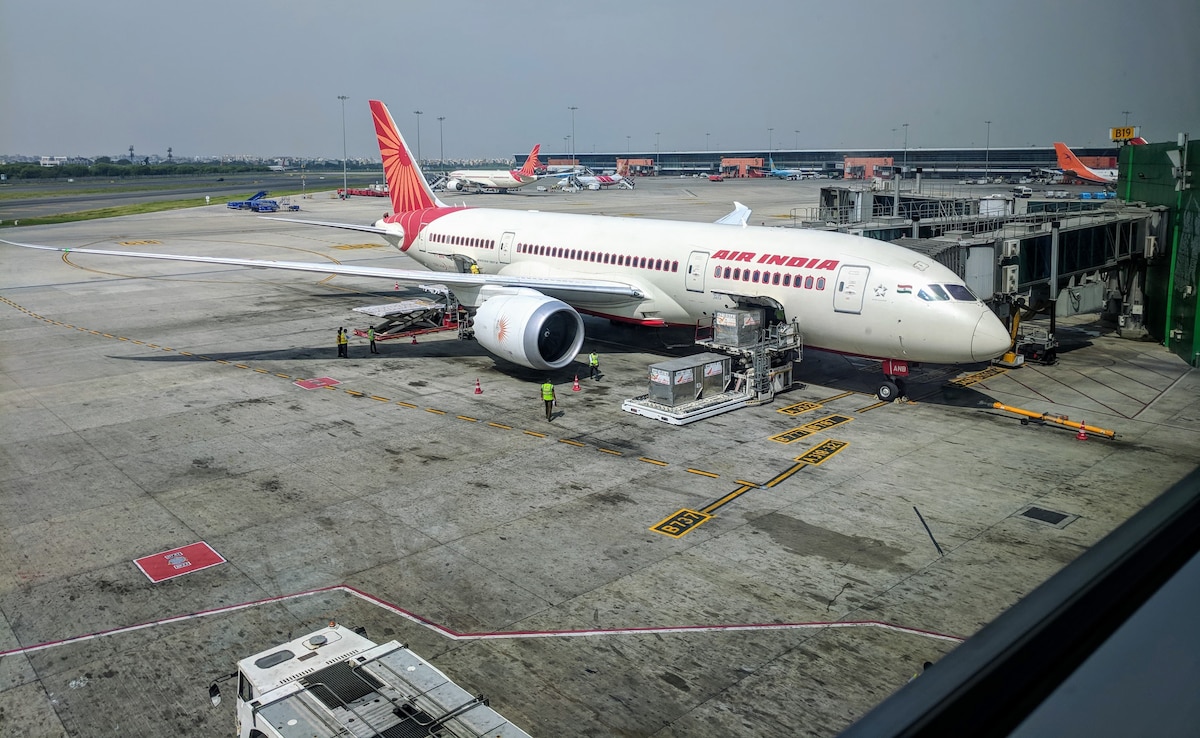Air India has completed precautionary inspections of the locking mechanism of fuel control switch (FCS) in all of its Boeing 787-8 aircraft and found no issues, officials of the Tata-owned airline said.
Air India ran the checks after the civil aviation regulator Directorate General of Civil Aviation (DGCA) on Monday issued a directive to inspect the FCS of specific Boeing aircraft models by July 21.
The Aircraft Accident Investigation Bureau (AIIB) report into the crash of a Boeing 787-8 Dreamliner in Ahmedabad had said the fuel cutoff switches for both engines were moved to the cutoff position, one after another within a 1-second interval, at an altitude just moments after liftoff.
“All our Boeing 787-8 aircraft have undergone throttle control module (TCM) replacement as per the Boeing maintenance schedule. The FCS is part of this module,” an Air India official said.
“Over the weekend, our engineering team initiated precautionary inspections on the locking mechanism of FCS on all our Boeing 787 aircraft. The inspections have been completed and no issues were found,” the official said.
This was an internal update that has gone to Air India pilots from the flight operations team.
Earlier, almost the entire Boeing 737 Max fleet of Air India Express was also checked, and no issues were found, the official added.
The DGCA directive enforced compliance with the US Federal Aviation Administration’s (FAA) bulletin issued in December 2018, which warned of potential disengagement of the fuel control switch locking feature in operators of some Boeing 737 aircraft.
However, the fuel control switch design, including the locking feature, is similar on various Boeing aircraft models including part number ‘4TL837-3D’, which was fitted in the Boeing 787-8 that crashed in Ahmedabad, killing 260 people.
Air India did not carry out inspections recommended in the 2018 FAA advisory on fuel control switch safety, as the bulletin was classified as “non-mandatory”, the AAIB report said.
According to the chronology laid out in the AAIB report, both fuel cutoff switches moved from ‘run’ to ‘cutoff’, one second apart, almost immediately after takeoff. The ram air turbine (RAT) pump was deployed to supply hydraulic power as both engines fell below the minimum idle rate.
The time between the takeoff and the crash was 32 seconds.




